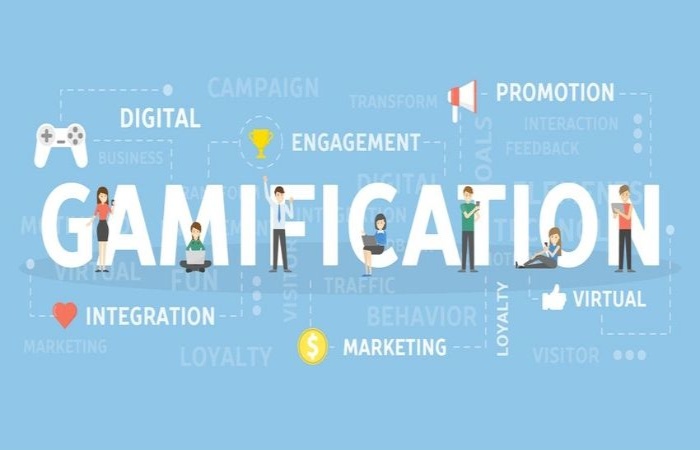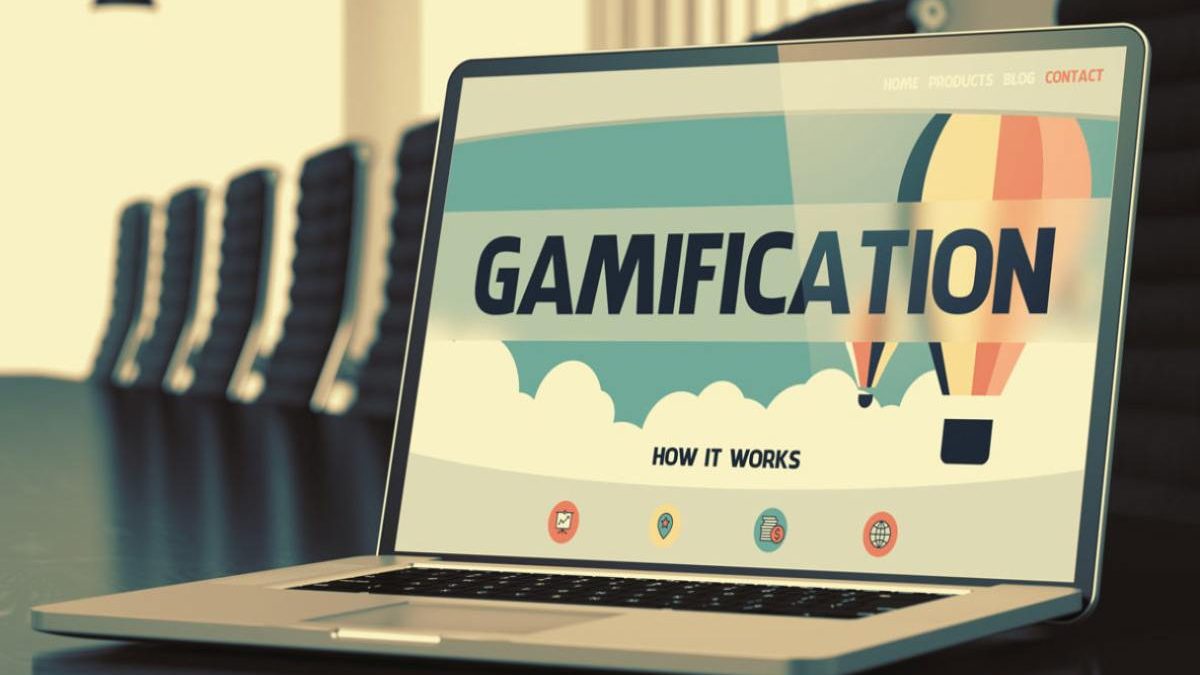Table of Contents
Introduction
Gamification in Marketing can be used in playable ads to combine your ad units with interactive gameplay or incorporate game elements into a non-gaming context. Providing an immersive, engaging, and fun experience with your brand will help customers remember your name. And that’s the most significant benefit of a gamified campaign.
The Advantages of Gamification in Marketing

As you may have already unstated, there are many advantages and benefits for your brand to implement gamification in its marketing strategy. Below, we’ll break down the top seven benefits of gamification and explain why they’re so effective in the digital world.
Gamification in Marketing Increase and Improve User Engagement
Since users are encouraged to take specific actions with gamification, engagement rates are often higher and better than those achieved in previous campaigns. Engagement can be the first step in a long-term relationship between the customer and the brand. They are leading to the next benefit of gamified campaigns.
It helps Increase Gamification in Marketing Brand Awareness and Loyalty
Customers who remember your brand for a long time after having a fun experience with a branded game are valuable assets to your business. Firstly, they can become emotionally attached to your brand. But also because, if this attachment occurs, they are more likely to become loyal customers than indifferent or actively disengaged customers. According to a recent Gallup publication, engaged customers represent “an average 23% premium in portfolio share, profitability, revenue. And relationship growth over the average customer.” According to the same publication. It is especially true for the retail banking, consumer electronics, restaurants, hotels, and insurance sectors.
Gamification in Marketing also has Some Disadvantages
Without a doubt, gamification marketing can help you improve your digital presence, increase customer engagement and interaction, and collect data that would otherwise be difficult for your business to acquire. First, however, are a few things to remember before starting a gamification project for your brand.
First of all, making good games requires a lot of creativity. Creating basic games, like quizzes or simple tests, is easy, but it’s fair to say that users don’t enjoy that kind of experience and are unlikely to upgrade. So the next step is presented with one of them. Games. Therefore, your brand should consider seeking advice from an experienced creative agency to design and develop entertaining, time-tested educational games that will grab the attention of your potential customers.
Some exciting examples of Gamification in Marketing campaigns
Starbucks
Giving vouchers and coupons is as simple as offering to stamp a customer’s card so they can receive a gift after ten visits, and there’s nothing wrong with that. At Appetite, we believe that a brand can offer coupons and discounts. But it should also try to create an experience that refers to the purchase. That is why we have developed a game for the largest multinational chain of coffee shops and coffee roasters, Starbucks.
While we created a “Flip the Cup” game where a user could, with one hand, attempt the complicated but manageable task of flipping an instantly recognizable Starbucks cup on a platform, the experience increased engagement with fans of the game. Mark is at 90% and a good download. They smashed goals by 110%.
Unibet Gamification in Marketing
Unibet has risen to the challenge of differentiating its service from other platforms such as William Hill, 888Holdings, and many others in the hyper-competitive online sports betting and casino industry. Instead, their goals were to increase awareness and drive downloads of their mobile apps. That’s why they contacted Appetite Creative.
Our solution? An interactive and dynamic mobile game that puts the user in the heart of the action, imitating the well-known soccer game. Players had 60 seconds to see how many headers they could go on without dropping the ball. If they hit a specific preset score, they would win a £5 bonus as a free bet.
Conclusion
There are profusely good reasons for gamification in marketing to be part of any brand’s digital strategy in any industry. First, it will get more users to interact with your ads. Second, more people to learn more about your brand and, most importantly. Third, it will give them a good time, increasing their chances of becoming loyal customers. However, unless your name is Tom Cruise, getting it right the first time in gamification could be mission impossible.
Also Read: Best Email Marketing Services for Minor Business (2022)

